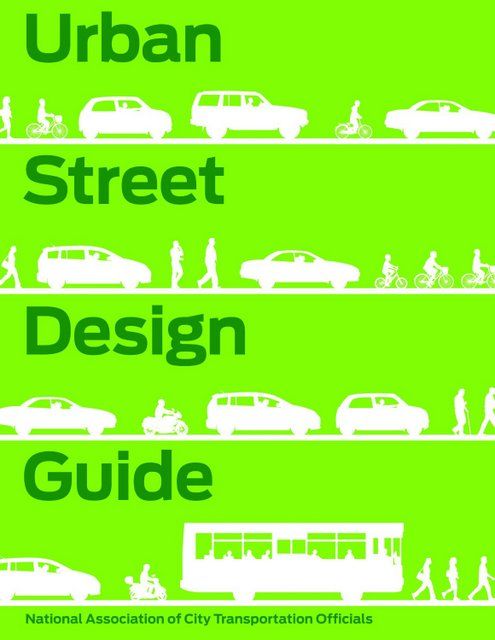NYC Just Had Its Worst Year for Brush Fires this Decade
As brush fires continue to rage in the New York area, data shows that they’ve become more prevalent in recent years.


Available for pre-order before the official release in October from Island Press, the Urban Street Design Guide by the National Association of Transportation Officials (NACTO) aims to create a new DNA for city streets. In the forward by Janette Sadik-Khan, the New York City Commissioner of the Department of Transportation writes “This design guide is part of a growing movement among cities, from New York to San Francisco, and from Chicago to Houston. Together we’re working to build sustainable streets that will carry us into the 21st Century.”
Together with the Urban Bikeway Design Guide, released in 2011 and New York City’s Street Design Manual from 2009, Sadik-Khan believes “these publications are already changing the game, pulling away from a bias towards highway designs that simply don’t meet the complex needs of cities.”
The book outlines five key principles:
Urban Street Design Guide addresses urban spaces at a variety of scales from downtown thoroughfare to transit corridors to neighborhood Main Street and gives suggestions for interim redesigns which allow the city to test and adjust. Other non-standard, but forward thinking typologies that are included are green alleys, commercial alleys and residential and commercial shared streets. The book includes case studies from New York City, Los Angeles and San Francisco, and takes a deep dive into street design elements, intersection design and designing for safety.
You can pre-order this book on Amazon.
Subscribe to our newsletter